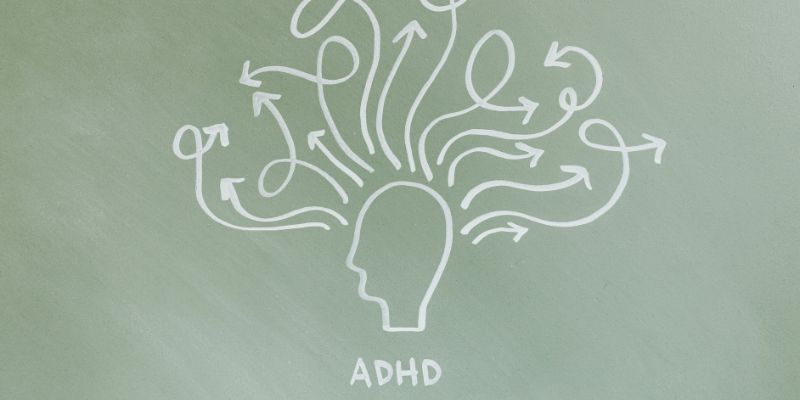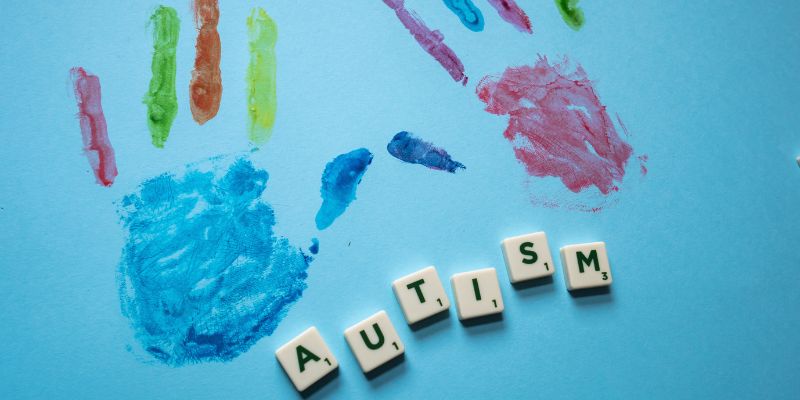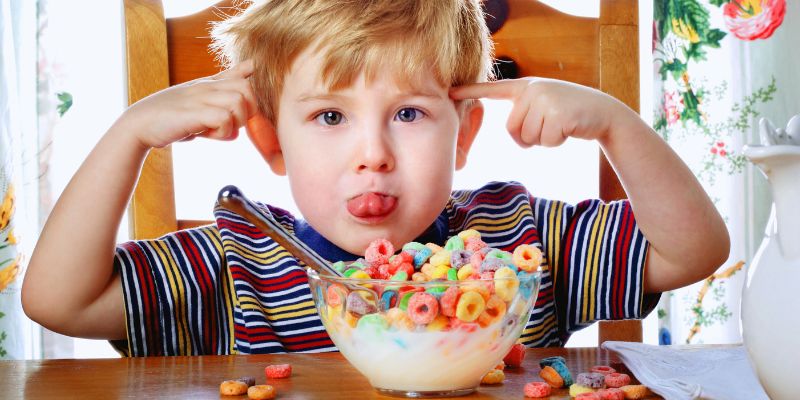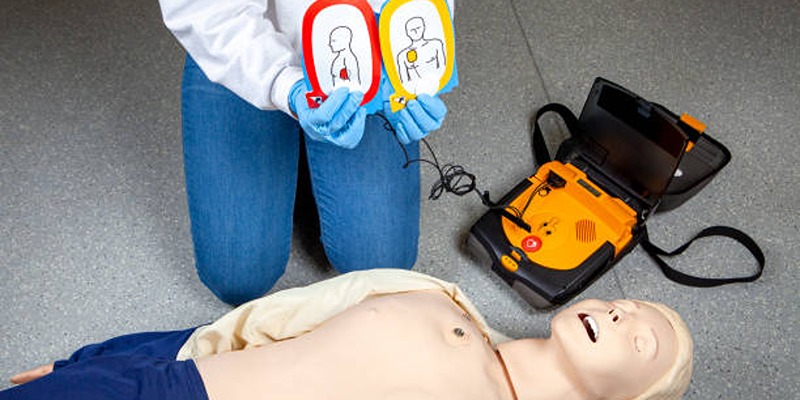Is It ADHD or Autism: The Key Differences Every Parent Should Know
Some commonalities exist between Autism Spectrum Disorder (ASD) and Attention Deficit Hyperactivity Disorder (ADHD). Many children with these disorders battle with behavior, social skills, and attention. That makes it difficult for parents to discern the two apart. However, autism and ADHD are distinct disorders with different traits. While autism influences speech and social contact, ADHD mostly impairs concentration and impulse control.
An accurate diagnosis guarantees children get the appropriate interventions and therapies. This article clarifies the main variations between ADHD and autism—including symptoms, causes, and treatment choices—so parents can coordinate with doctors and experts using this data. Understanding how to help kids with autism or ADHD lets them flourish in social situations, at home, and in the classroom.

Symptoms of ADHD vs. Autism
Children with autism and ADHD experience their conditions differently. Usually, hyperactivity, impulsivity, and trouble focusing define ADHD symptoms. Children with ADHD frequently have trouble paying attention and sitting still. They could act without thinking or disrupt talks. They have great energy and might move continuously—symptoms of autism center more on social problems and repetitious behavior. Children with autism could struggle to recognize social signs or avoid eye contact.
They might enjoy routines and be rather passionate about particular subjects. Certain autistic children also suffer sensory sensitivity, including discomfort with strong lights or sounds. Though both disorders can affect relationships and performance in the classroom, the main issues are distinct. While autism influences communication and social contacts, ADHD makes it difficult to focus and manage urges. Understanding these variations enables parents to explain the behavior of their child.
Risk Factors and Causes
Though the reasons for ADHD and autism are unknown, both include variations in brain development. Both disorders are caused mostly by genes. If a family member has autism or ADHD, the likelihood is that a child may also have either condition. Variations in brain structure and function correlate with ADHD. Studies reveal that youngsters with ADHD find varied ways in which areas regulate attention and impulse control function. Low birth weight, early birth, or pollutants during childbirth may raise risks.
Problems with brain development and genetic abnormalities define autism. Environmental elements before birth can also affect it. Older parental age and problems during childbirth have some studies pointing to a higher autism risk. Although their causes differ, ADHD and autism can occasionally show up simultaneously. Given some children may have both disorders, diagnosis becomes more difficult.
Diagnosis Process for ADHD and Autism
Diagnosing autism and ADHD requires a thorough professional assessment. Although parents commonly observe early signs, a definitive diagnosis is obtained only following exhaustive evaluations. Doctors look at a child's capacity to focus, control urges, and manage behavior for ADHD. To find out if the child satisfies the requirements for ADHD, they refer to the Diagnostic and Statistical Manual of Mental Disorders (DSM-5). Parents, teachers, and caregivers can supply behavior reports from many locations, including homes and schools.
Doctors evaluate social interactions, communication abilities, and repeating behaviors for autism. The assessment can also call for cognitive, behavioral, and speech tests. While some children may not be diagnosed until later in infancy, others get an autism diagnosis as early as age two. Because ADHD and autism share symptoms, a professional closely examines a child's behavior and development. Sometimes, a youngster may have both disorders. Children must be diagnosed early to have the appropriate therapies, interventions, and support for their needs.

Treatment Options
For ADHD, treatment often includes:
- Behavioral Therapy: Children will learn improved self-control, focus, and problem-solving techniques. Therapists employ methodologies based on structure to increase focus and lower impulsive behavior.
- Medication: Doctors could write prescriptions to help control symptoms. These medications help kids stay calm, lower impulsivity, and increase attentiveness.
- Classroom Support: Schools might offer classroom support with longer breaks, seating configurations, and regimented timetables. These techniques enable children with ADHD to remain orderly and accomplish their assignments.
For autism, treatment focuses on:
- Speech Therapy: Many autistic youngsters find it difficult to communicate. Through speech therapy, one can enhance verbal and nonverbal communication abilities, facilitating ideas' expression.
- Occupational Therapy: Some autistic children have trouble with their senses. Occupational therapy aids in developing motor abilities, adapting to sensory input, and enhancing daily living tasks.
- Behavioral Therapy: Applied Behavior Analysis (ABA) behavioral treatment teaches vital life skills, supports good behavior, and guides children through social situations. For autism, it is among the most successful therapies available.
A mix of therapies might help certain youngsters. Working together, parents, teachers, and therapists should establish a conducive atmosphere that fits the child's particular needs.
How Parents Can Help Their Child?
Understanding their particular demands helps parents to support children with ADHD or autism greatly. Children with ADHD can remain orderly and better control their time by developing a disciplined schedule. Positive reinforcement and well-defined directions help to improve behavior and concentration. Reducing distractions at home and in the classroom also enhances focus and learning. Parents of children with autism can help them to grow socially by motivating interactions via organized activities and play. Children who use visual schedules and consistent routines feel more at ease, lessening their anxiety.
Creating peaceful surroundings and progressively adding novel experiences should help evaluate sensory sensitivity. Since both disorders call for long-term support, patience and understanding are vital. Close coordination of teachers, therapists, and doctors guarantees children receive the correct interventions. Parents can also join support groups to interact with others who are dealing with such circumstances. Parents enable their children to flourish in several spheres of life by offering love, direction, and suitable tools.
Conclusion:
Knowing the distinctions between autism and ADHD helps parents provide their children with the appropriate help. While autism compromises social skills and communication, ADHD influences attention and impulse control. Early diagnosis guarantees correct interventions, therefore enhancing children's quality of life. Treatment choices, including therapy and medications, make effective management of symptoms possible. Parents are important since they establish disciplined routines, minimize distractions, and motivate good activities. Working with therapists, instructors, and doctors guarantees the best results. Children with autism or ADHD can acquire vital skills and excel in many spheres of life with appropriate help.












